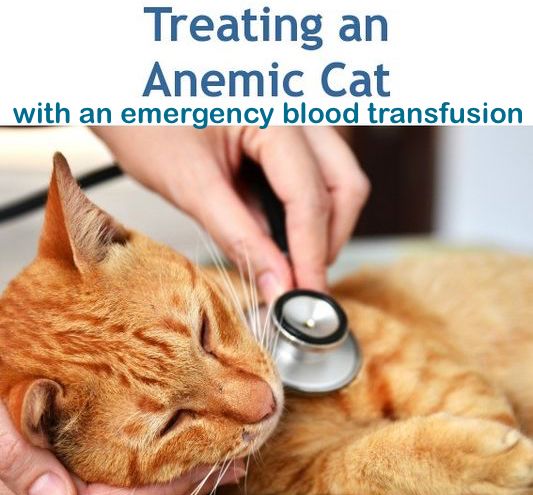
The transfusion of blood from another species to another (called xenotransfusion), in this case, canine blood to a cat has been performed and it is still performed nowadays in some countries. It was performed recently in the UK when a friendly, female domestic shorthair cat, Princess, very suddenly became lethargic and withdrawn at home. She showed signs of severe anaemia and her condition was life-threatening. A veterinarian conducted extensive investigations which revealed a severe infection within her liver resulting in anaemia.
Her condition was deteriorating rapidly. Under these emergency situations and where, as I understand it, there was no ready supply of feline blood, it is possible to use canine blood on a one-off basis which is what happened and which saved Princess’s life. The story in The Northern Echo newspaper does not tell us about the limitations of such a treatment.
Mrs Little, Princess’s owner said:
We can’t thank Wear Referrals enough for everything they have done for Princess. The dog blood transfusion saved her life.
Limitations
A study published on the Pub Med website explains the limitations (Xenotransfusion with canine blood in the feline species: review of the literature). The scientists make it clear that cats do not fight the alien blood with antibodies because they do not have any naturally-occurring antibodies against a dog’s red blood cell antigens. Therefore there is no adverse reaction. Quite the contrary, cats receiving canine blood for the first and only time are reported to improve clinically within hours.
However, the cat starts to create antibodies against the dog’s red blood cells and after 4 to 7 days they can be detected. They destroy the red blood cells of the dog’s blood in a delayed reaction. So the red blood cells are killed and have a lifespan of about four days.
If a veterinarian tried to do a follow-up blood transfusion with canine blood into a cat later than 4-6 days after the first transfusion it would cause anaphylaxis which could kill the cat. That explains the limitations of this successful treatment which can only be carried out in an emergency.

